Nowadays, Information Technology (IT) is one of the fastest evolving fields. However, there are trends in IT that we need to follow regardless their pace. Here, knowing what are the trending topics in IT management give a fairly accurate perspective of what we need to ponder in this domain.
Given that companies rely on technology to meet their objectives, positions related to IT undergo through constant changes to adapt themselves to the new demands of the markets.
In this order of ideas, even the position of IT Manager has reshaped and now, more than being experts in the operation of the necessary software/hardware to guarantee the company’s performance, IT Managers has become into that expert analyst who knows how technological tools contribute to the success of each goal established by the organization.
The constant evolution and change of new technologies is so vertiginous that quickly makes obsolete anyone or anything limited to a single type of knowledge, device, software, language and program or similar.
Eight Ways Technology is Changing the Service Industry
No one can deny it: services is a people business! But technology can enhance services, or even take over certain tasks. In particular, the technologies that enable Digital Transformations can have a big impact on how services are delivered, and on the customer experience.
Here are eight ways in which technology is changing IT services:
The advance of technology is based on making it fit in so that you don’t really noticed it, so its part of everyday life.”
1. Search: When customers need help, their first instinct is to search online. Vendors should make sure their online company and product information is easy to find and that it’s optimized for search, so that the most relevant results appear first. Ideally, that information will be located on the vendor’s website, prompting visitors to go there.
2. Chatbots. Most vendor websites offer the option to chat online. Often, though, users are chatting not with a human service rep but with a software program, called a chatbot. Simple chatbots use a set of programmed instructions and word matching to recognize questions and respond with answers. More advanced chatbots use Artificial Intelligence to understand the meaning of a sentence, and to learn from question-and-answer sessions. In theory, a chatbot can manage an unlimited number of simultaneous conversations, provide answers faster than a human could, and deal more patiently with difficult customers.
3. Cloud. Cloud computing is a key contributor to digital transformation. There are many cloud-based applications for IT service delivery tasks such as Customer Relationship Management, Help Desk, Remote Network Management, and others. Service delivery often requires some sort of collaboration between a support engineer and the customer. A cloud environment provides a convenient solution for sharing documents, exchanging log-files, storing historical data, and other collaborative tasks.
4. Augmented Reality (AR). Despite its potential, use of AR in the service industry remains limited. For instance, through AR-enabled glasses, a remote expert can see the same thing that a field engineer is seeing onsite. The remote expert can provide the field engineer with instructions that are projected onto the field engineer’s glasses. Another possibility is to use the camera on a smartphone or tablet to scan an image, barcode or QR-code. The AR software will recognize this image and overlay information on the display, augmenting the real-live image with information from a database.
5. Virtual Reality (VR). This technology is still being developed, but much progress has been made in the past few years. Depending on the application, VR may requires significant amounts of computing power and bandwidth, making it unsuitable for use over longer distances. It can, however, help an engineer practice certain tasks without having the actual products. In this way, an entire data center can be virtualized, making operations much more efficient.
6. Mobile. Nearly everyone spends time on their smartphone, so customers expect to be able to use their phone to get in touch. Your website therefore needs to be mobile friendly, and a mobile customer service app might not be a bad idea. Especially in IT service, where a lot of interaction takes place between IT-savvy engineers, using an app might be the preferred mode of communication. An app also let you gather information about the user, which can help you customize the user experience.
7. Social. Of every three hours people spend on a smartphone each day, two hours are spent on social media. So customers will want to communicate to you via social media such as Facebook, We Chat, or WhatsApp. Many companies already provide “social support,” with varying degrees of success. To avoid annoying your customers, use social media to provide service and support only if you integrate it with other channels and back it up with sufficient resources.
8. IoT. Millions of sensors are connected to the internet, facilitating real-time, remote monitoring. Traditionally an engineer has had to go on location to record a measurement and relay this information to a control center. With IoT, the control center records the information directly and in real time, which saves time and money, and improves the accuracy and quality of the process. For instance, with smart metering, consumers don’t have to record and report the gas or electricity usage shown on a meter. Instead, the utility does this remotely and tells the consumer through an online dashboard, thereby enhancing the customer’s experience.
.

